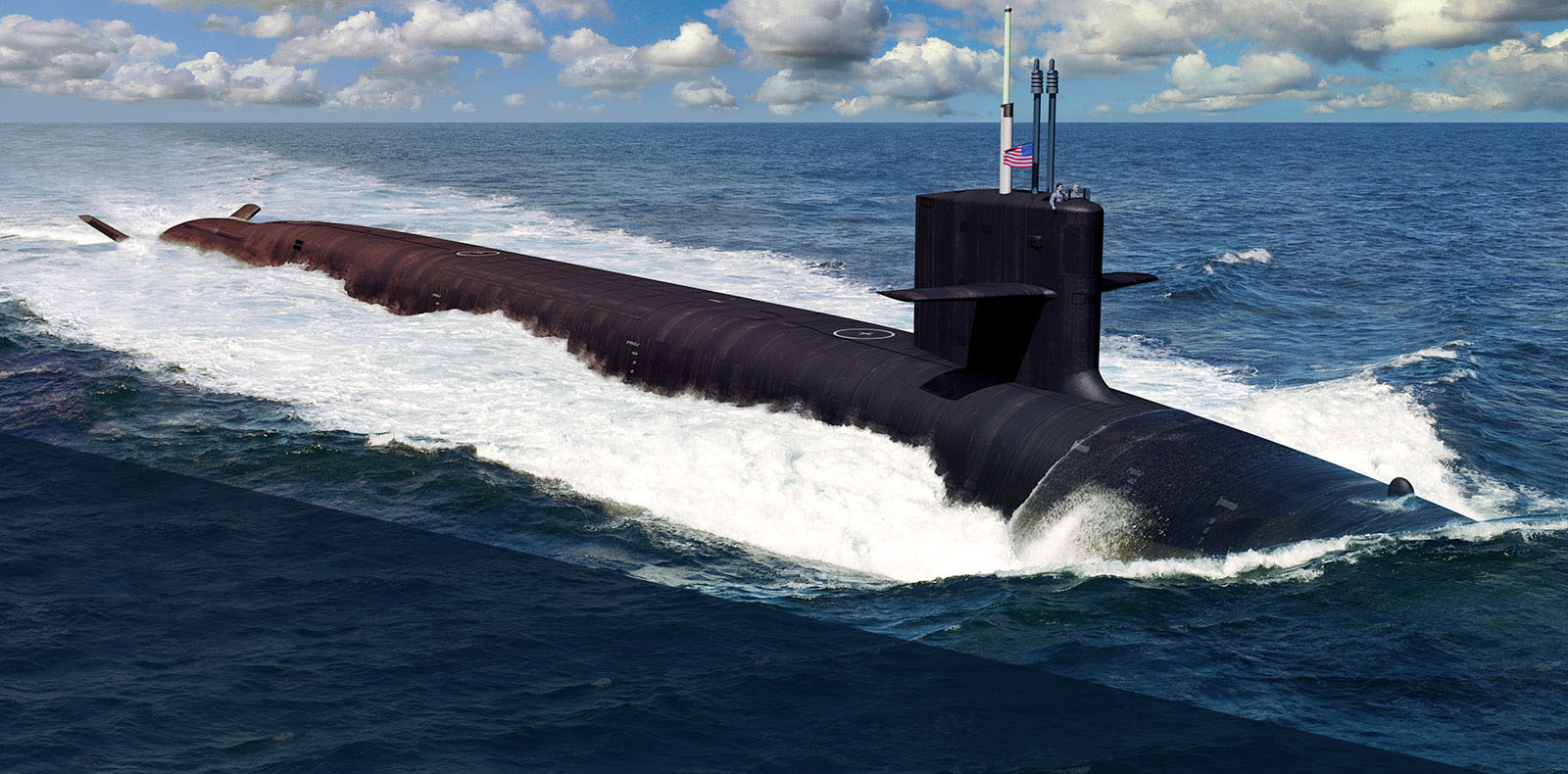
The Columbia-class ballistic missile submarine, the Navy’s top acquisition priority, is at risk of running over its $115-billion construction budget because the service underestimated labor costs and overestimated the savings associated with awarding a multi-year contract, according to a General Accountability Office report released Monday.
It also risks running over schedule: several critical technologies are not mature enough to keep up with an aggressive construction schedule, the GAO says, and if any of the technologies encounter a production setback during development, fixing these technologies will require additional labor hours and drive up production costs.
Already, the Columbia program experienced manufacturing defects with the new class of submarine’s missile tubes and with the integrated power system, requiring added labor costs to correct, according to the report. When the program had to design a new software tool that’s used to generate submarine designs and work instructions due to obsolescence in the original software, developing the new tool proved so challenging that it forced the hiring of 150 additional software engineers and delayed the completion of some designs. The new software now takes longer to generate instructions than initially expected, further adding to the cost.
“The Navy’s $115 billion procurement cost estimate is not reliable partly because it is based on overly optimistic assumptions about the labor hours needed to construct the submarines. While the Navy analyzed cost risks, it did not include margin in its estimate for likely cost overruns,” the GAO report reads.
A Naval Sea Systems Command spokesperson acknowledged a request for additional comment but did not immediately provide a statement on the GAO report.
“The Navy anticipates that it will need 12 million labor hours to directly construct the lead submarine—referred to as touch labor. This represents 17 percent fewer labor hours than what was needed for the lead Virginia-class submarine when adjusted for weight differences,” the GAO report continues. “However, the touch labor hour estimate is overly optimistic—with assumptions on construction efficiencies that are either unsubstantiated or unprecedented compared to Virginia class and other shipbuilding historical data.”
One example the GAO uses to illustrate the risk the Navy faces is a manufacturing defect in the prototype propulsion motor that is part of Columbia’s integrated power system. Fixing the problem required extensive repairs and consumed nine months of the cushion built into the production schedule at the land-based test facility.
The Navy’s solution is to test the motor during the time initially allotted for making any final design changes before starting production. “This could constrain opportunities to implement timely, corrective actions if problems are discovered during testing,” according to the GAO.
Since January 2018, such added labor costs have had a dramatic result on the Columbia program’s costs. The GAO analysis found that “less than a dollar’s worth of work has been completed for each dollar spent.”
The Navy does not agree with all of the GAO’s findings. In a February 2019 letter included in the GAO report, Kevin Fahey, the Department of Defense assistant secretary for acquisition, counters the GAO’s concerns regarding the integrated power system’s prototype motor.
“While the vendor manufacturing the motor has experienced delays in manufacturing the prototype motor, the rest of the integrated power system is being installed and tested at the test facility,” Fahey’s letter states. “In addition, as briefed to GAO, the Navy has taken proactive measures to mitigate the impacts associated with the late delivery of the prototype motor. The actions taken by the Navy retain margin to lead ship production motor in yard delivery date.”
Responding to Fahey’s letter, the GAO stated, “the Navy’s plan to concurrently test and finalize the design increases the risk that any issues identified in testing could delay the delivery of the system to the shipyard. As a result, we continue to identify this as a key risk to the program. Additional details on this system are classified.”
The Pentagon and the GAO do agree the Columbia-class supplier base remains a high risk to construction. Fahey’s letter states early prototype efforts identified issues with suppliers that are being fixed. The GAO is concerned with the shipyards’ and suppliers’ ability to build Columbia-class submarines at the same time work progresses on building the Virginia-class fast-attack submarines.
“To achieve Columbia’s aggressive construction schedule, while simultaneously building Virginia-class submarines, the shipbuilder is working to ensure that it has sufficient shipyard capacity—including new facilities, additional suppliers, and an increased workforce,” the GAO report states.





